Leading market players are investing heavily in research and development to expand their product lines, which will help the Soy Protein Market grow even more. Market participants are also undertaking various strategic activities to expand their footprint, with important market developments including new product launches, mergers and acquisitions, higher investments, and collaboration with other organizations. The Soy Protein industry must offer cost-effective items to expand and survive in a more competitive and rising market climate.
Manufacturing locally to minimize operational costs is one of the key business tactics manufacturers use in the Soy Protein industry to benefit clients and increase the market sector. In recent years, the Soy Protein industry has offered some of the most significant advantages to the food industry. Major players in the Soy Protein Market, including Archer-Daniels-Midland Co. (US), Ingredion (US), Solae (US), Dupont (US), Solbar (Israel), Cargill (US), Gushen Biological Technology Group Co. Ltd. (China) and Others, are attempting to increase market demand by investing in research and development operations.
Archer-Daniels-Midland Co. (ADM) is a leading player in the soy protein industry, with a strong foothold in the United States. The company is renowned for its expertise in soybean processing, offering a diverse portfolio of soy protein ingredients for various applications, including the food and beverage industry. ADM's soy protein offerings include soy isolates, concentrates, and textured vegetable protein (TVP), providing essential functionality as a versatile protein source in numerous food products.
Leveraging advanced research and development capabilities, ADM consistently introduces innovative soy protein solutions that cater to evolving consumer trends, such as plant-based diets and increased interest in protein-enriched foods. With a commitment to sustainability and responsible sourcing, ADM ensures a reliable and environmentally-friendly supply chain for their soy protein products, earning customers' trust worldwide. The company's robust distribution network and strong customer relationships have solidified ADM's position as a prominent player in the soy protein market in the United States and beyond.
Ingredion Incorporated, based in the United States, is a major player in the soy protein industry, known for its comprehensive portfolio of innovative soy protein ingredients. Leveraging its expertise in plant-based solutions, Ingredion offers a wide range of soy proteins, including isolates, concentrates, and texturized soy protein, catering to diverse applications in the food and beverage sector. With a commitment to quality and sustainability, Ingredion prioritizes the development of soy protein ingredients that align with evolving consumer preferences, such as increased demand for plant-based and vegan products.
Their state-of-the-art research and development facilities enable them to create tailored solutions for specific product formulations, meeting the unique requirements of their customers. As a leader in ingredient solutions, Ingredion's focus on delivering reliable, high-quality soy protein ingredients has solidified its position as a trusted partner for food manufacturers seeking to incorporate sustainable and functional plant-based proteins into their product offerings.
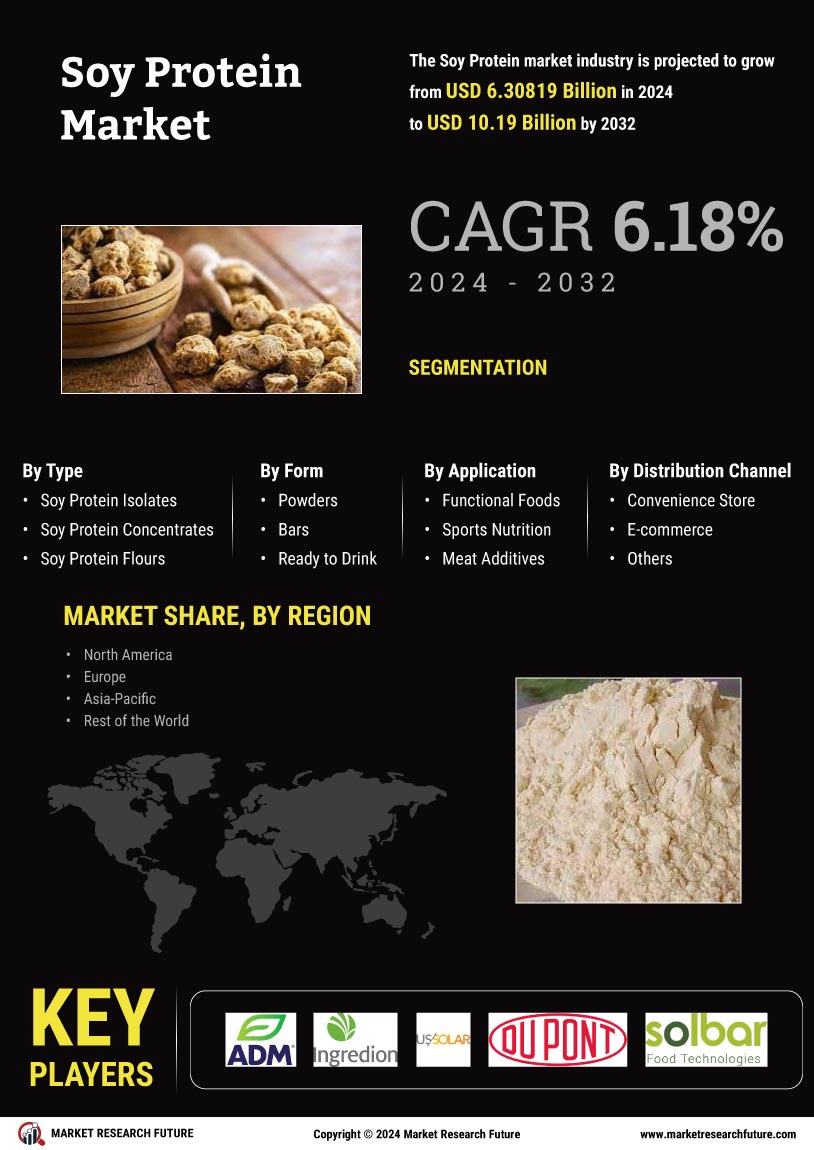

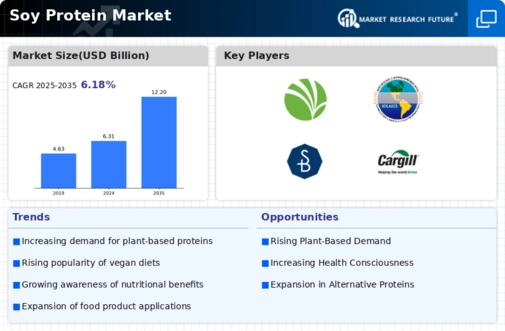
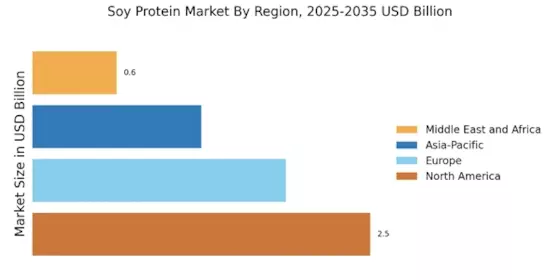

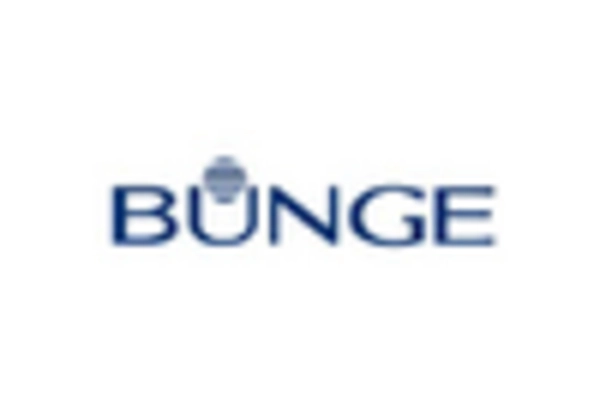



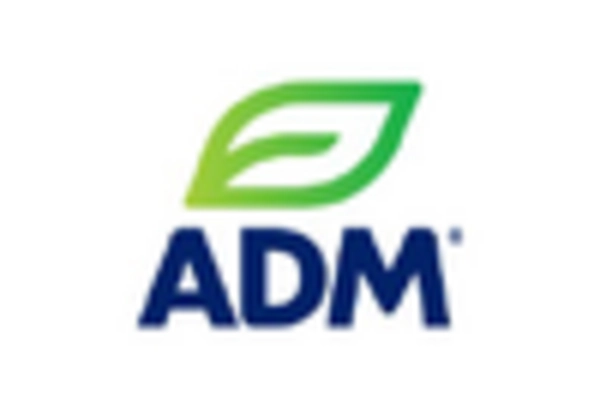








Leave a Comment